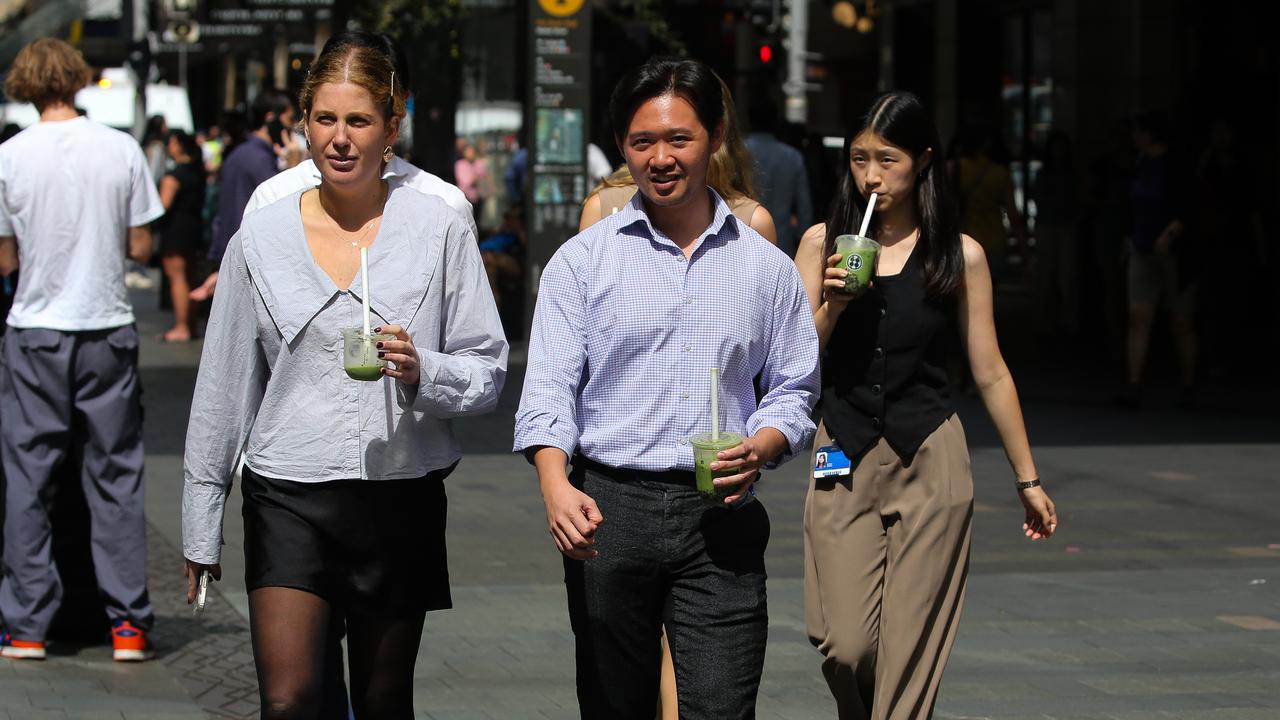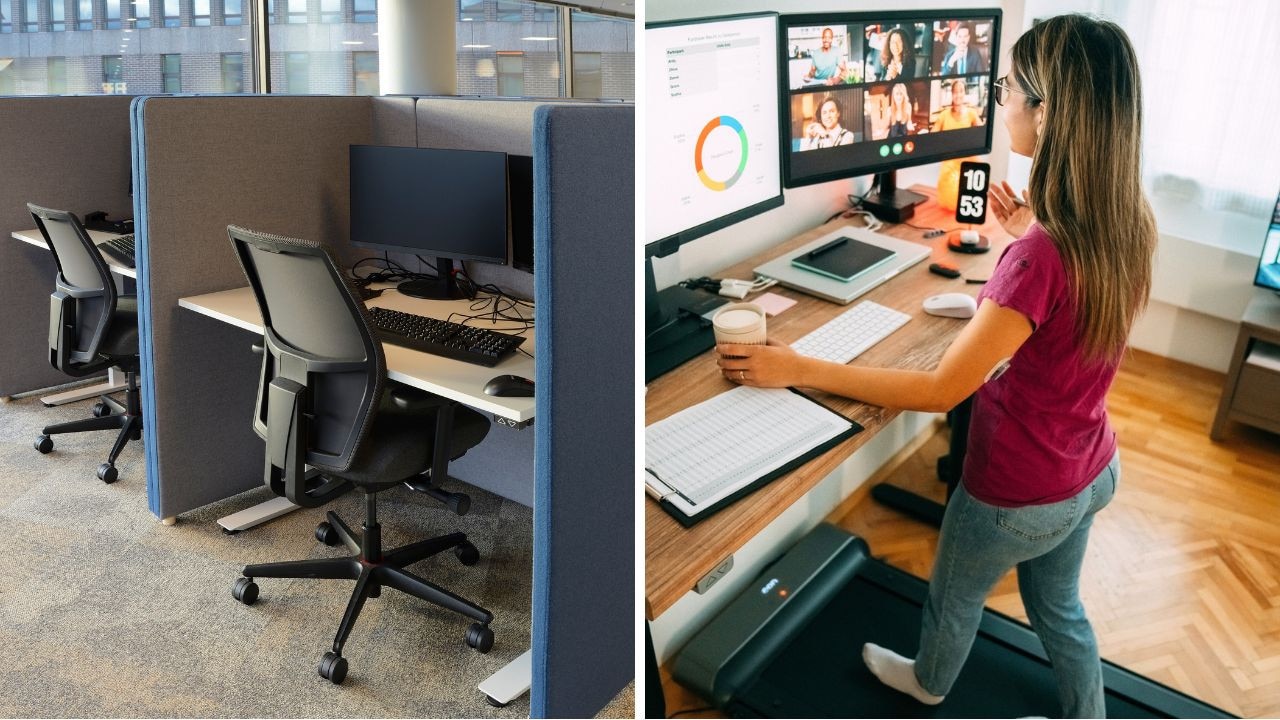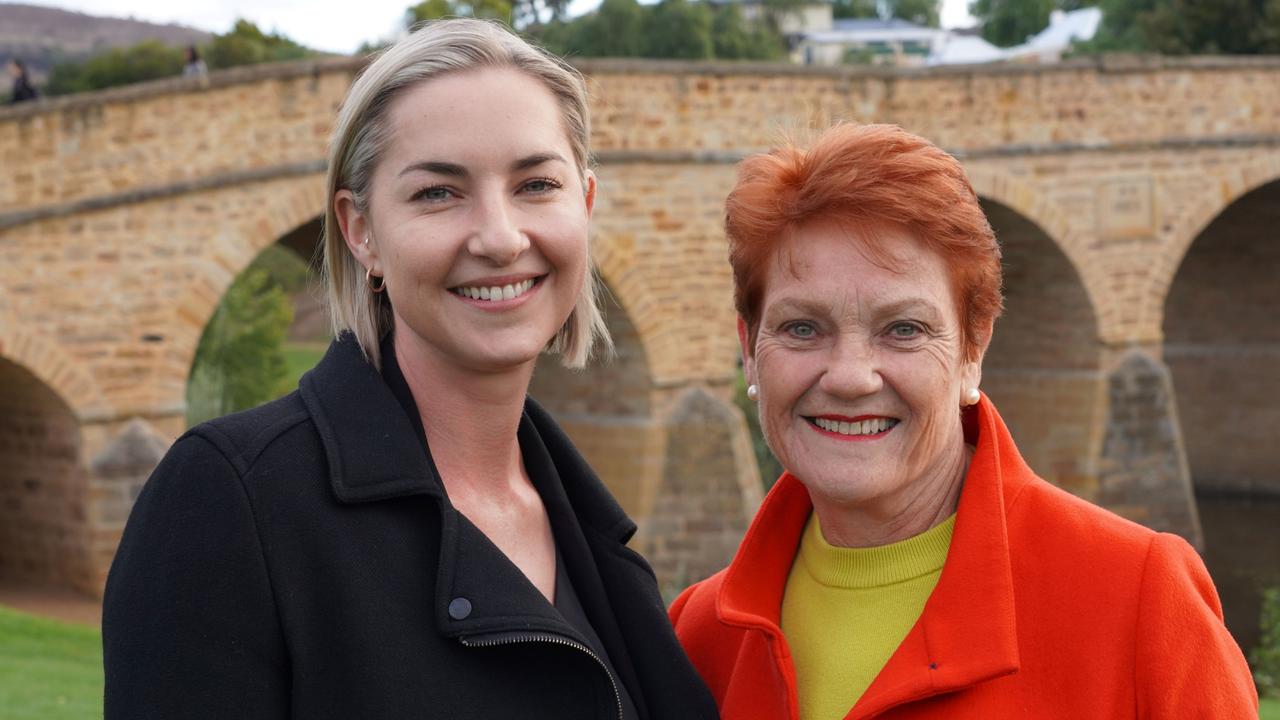Why more women need to consider a trade
HER unusual career choice has led to some awkward conversations for Caitlin Maggs. But she says it’s a great job.

Careers
Don't miss out on the headlines from Careers. Followed categories will be added to My News.
CAITLIN Maggs is a young mum breaking the stereotype of an atypical blokey tradesman. The 27-year-old kicked off her apprenticeship as an electrician straight after Year 12, going on to run successful business Girl Power Electrical in Canberra.
Currently on maternity leave with 2-month old Sadie, Caitlin can’t wait to get back to work.
“I was helping out doing some electrical work at my sister’s house when I was about 20 weeks pregnant,” she says of her last time on the job. “I nearly got stuck in the roof because my belly was too big!” she laughs.
While Caitlin had no concrete plans for becoming a mum when she started her apprenticeship, it’s worked out perfectly for her and little Sadie. The flexible hours and abundance of work available means she can easily transition back into the workforce, and still have time for Sadie and long-term partner Lindon Hay — who also happens to be an electrician.
As it stands in Australia, women make up less than 25% of the workforce in electricity, gas and water services. It’s even less for women in construction, sitting at 11.7%. What’s interesting is that these industries are also suffering from a national skill shortage, according to the Australian Government’s Department of Employment.
Given the national unemployment rate of 13.3% for young Australians (aged 15 — 24), it’s clear we need to do more to make trades more attractive. In particular, for young women.
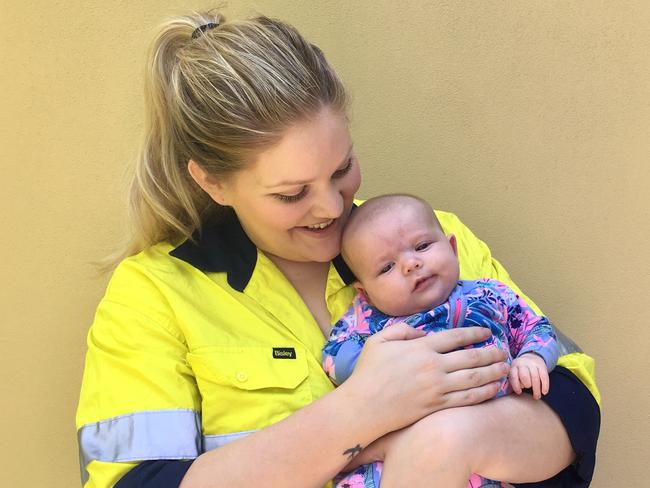
Caitlin didn’t need any convincing however, deciding on her career path towards the end of high school. “I was halfway through Year 12 and still not sure what to do after school,” she says. “My mum was the one to suggest it as my grandfather and uncle are electricians, and my Dad was an electrical linesman.
“A family friend owned an electrical company and let me come and do some work experience while I was still in Year 12. I loved it so I started my apprenticeship the week after I finished school, and here I am 10 years later.”
Highlighting one obstacle for women wanting to enter a trade, Caitlin had to fight for her right to do the job she wanted. “Doing work experience in a trade wasn’t as readily offered as an option to girls as it was to boys in when I was in school,” she explains.
“I had to convince a few people that it was a good idea before I was allowed to do it,” Caitlin says, which leads on to some of the odd reactions she’s experienced in response to being a female electrician.
“I’ve knocked on doors and had people think I was a police woman, a stripper, a hawker ... It makes for a pretty awkward conversation when you have to explain that you’re just there to fix their hot water unit.”
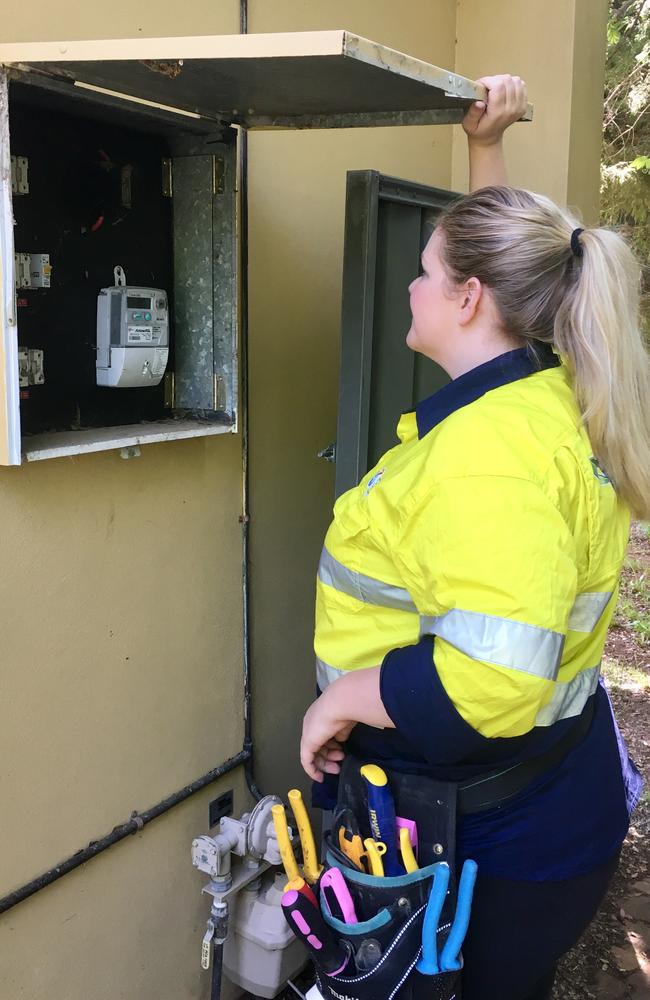
The story that trumps them all however, was a particularly unprepared male customer. “I once had a guy answer his door completely naked, he was pretty embarrassed when he realised his electrician was a girl — I’m not sure a male electrician would have really appreciated seeing that either though!”
Despite stories like this, Caitlin wouldn’t change being an electrician for the world. By contrast, she says the majority of her experience has been overwhelmingly positive.
Additionally, rather than juggling university and a part time job to get by, Caitlin had the luxury of earning money while she studied her apprenticeship. With university education becoming more expensive and eventual employment opportunities scarce, young Australians are missing out on lucrative career prospects within the trade sector.
“Companies are specifically looking to hire more girls in the industry, as they have proven to have great attention to detail and work ethic,” says Caitlin. “It’s also becoming far more accepted and encouraged to have females on site every day.”
“I think there’s also a bit of a stereotype people have in mind when they think of girls in trades, and that can put girls off a bit. You can still be a feminine female and do a trade.”
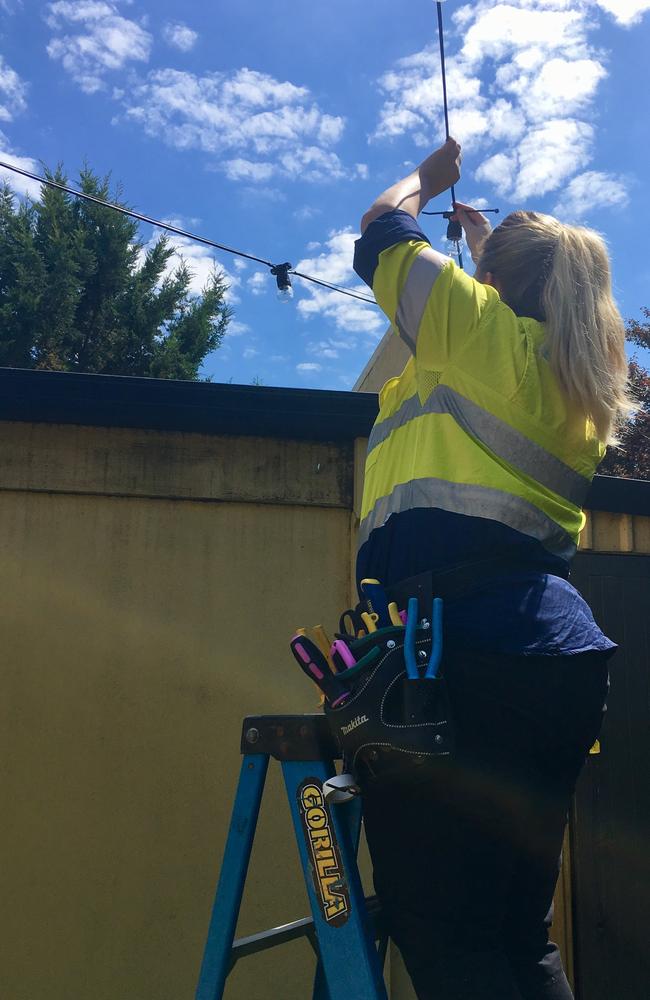
Originally published as Why more women need to consider a trade

